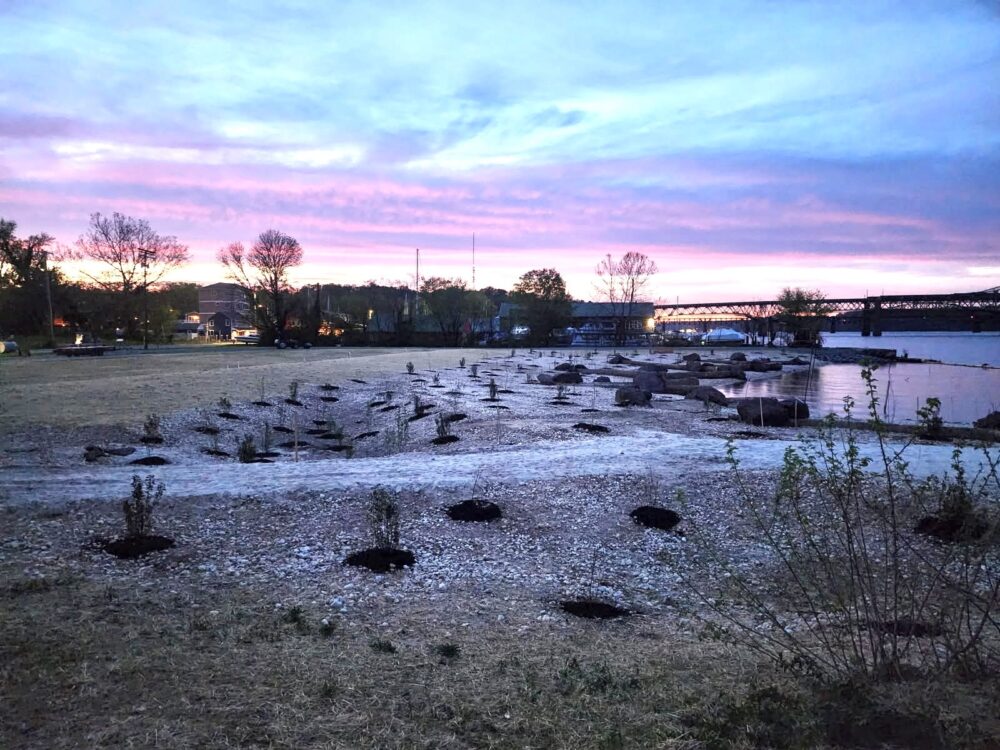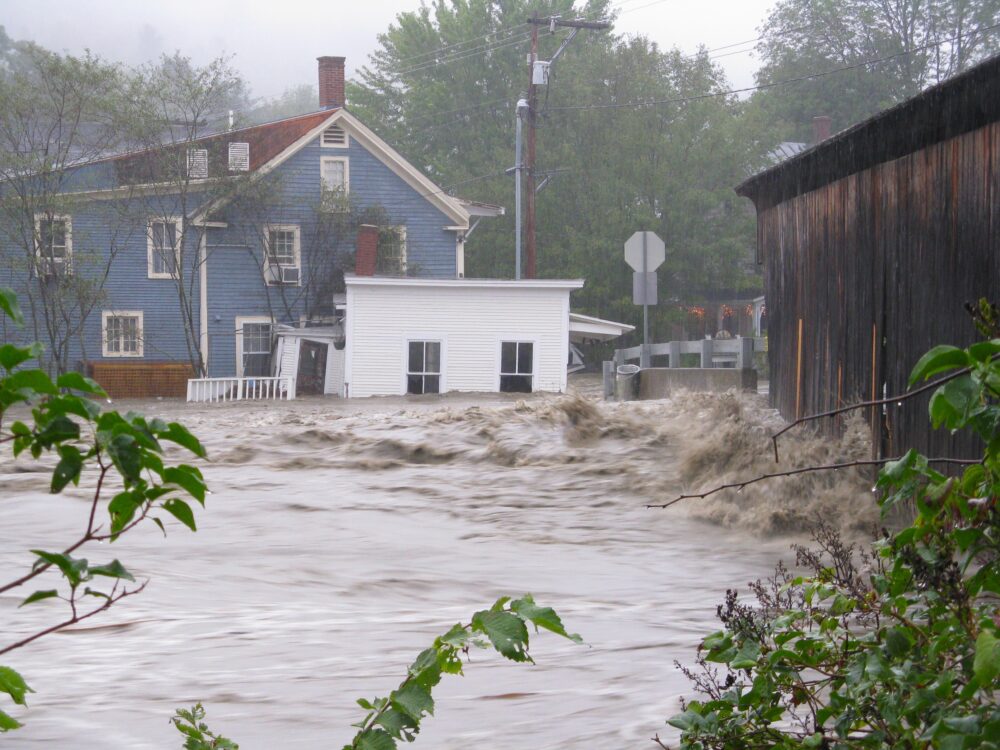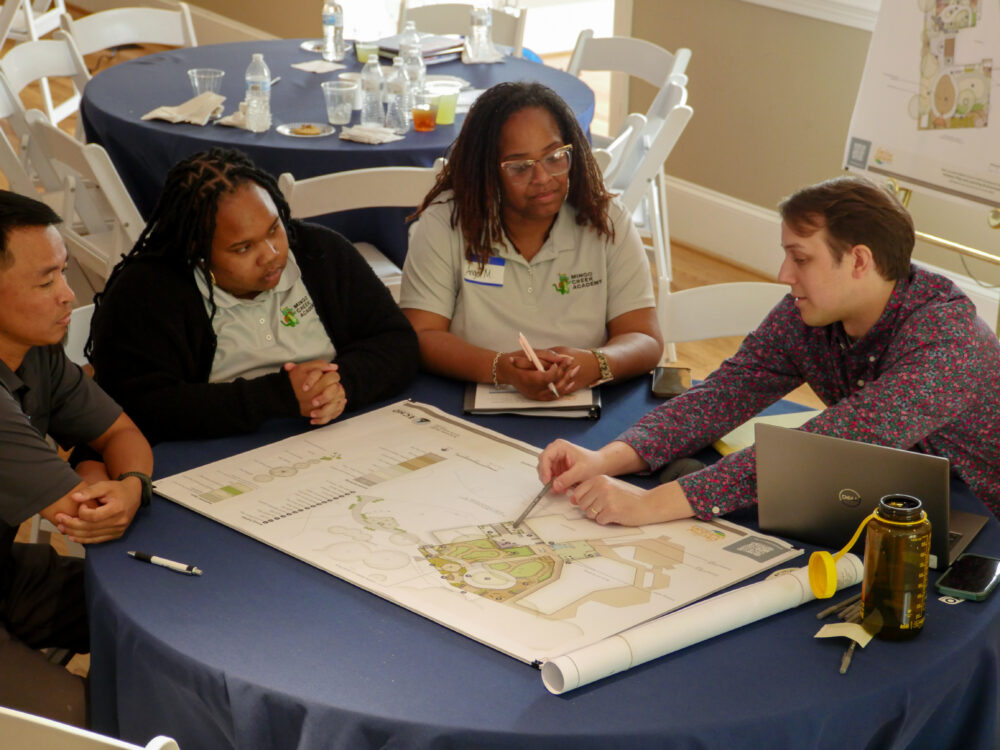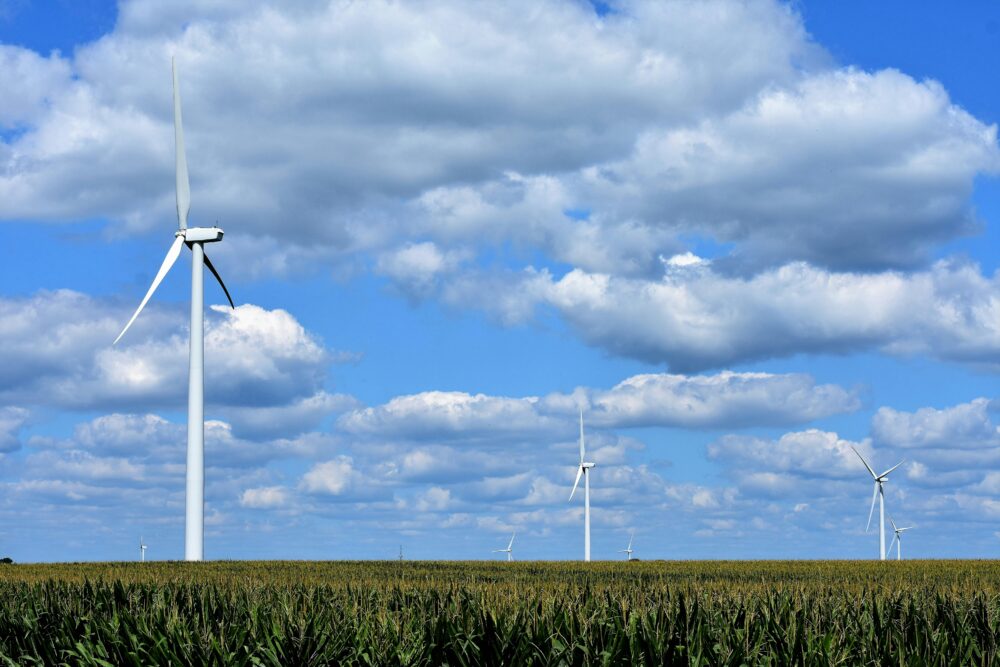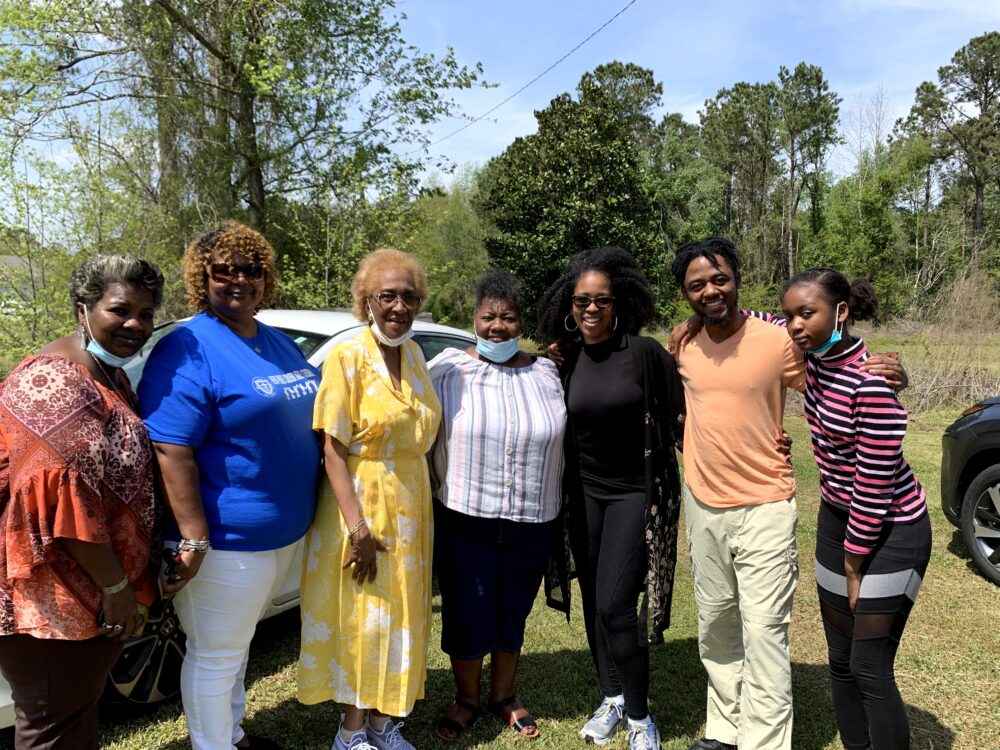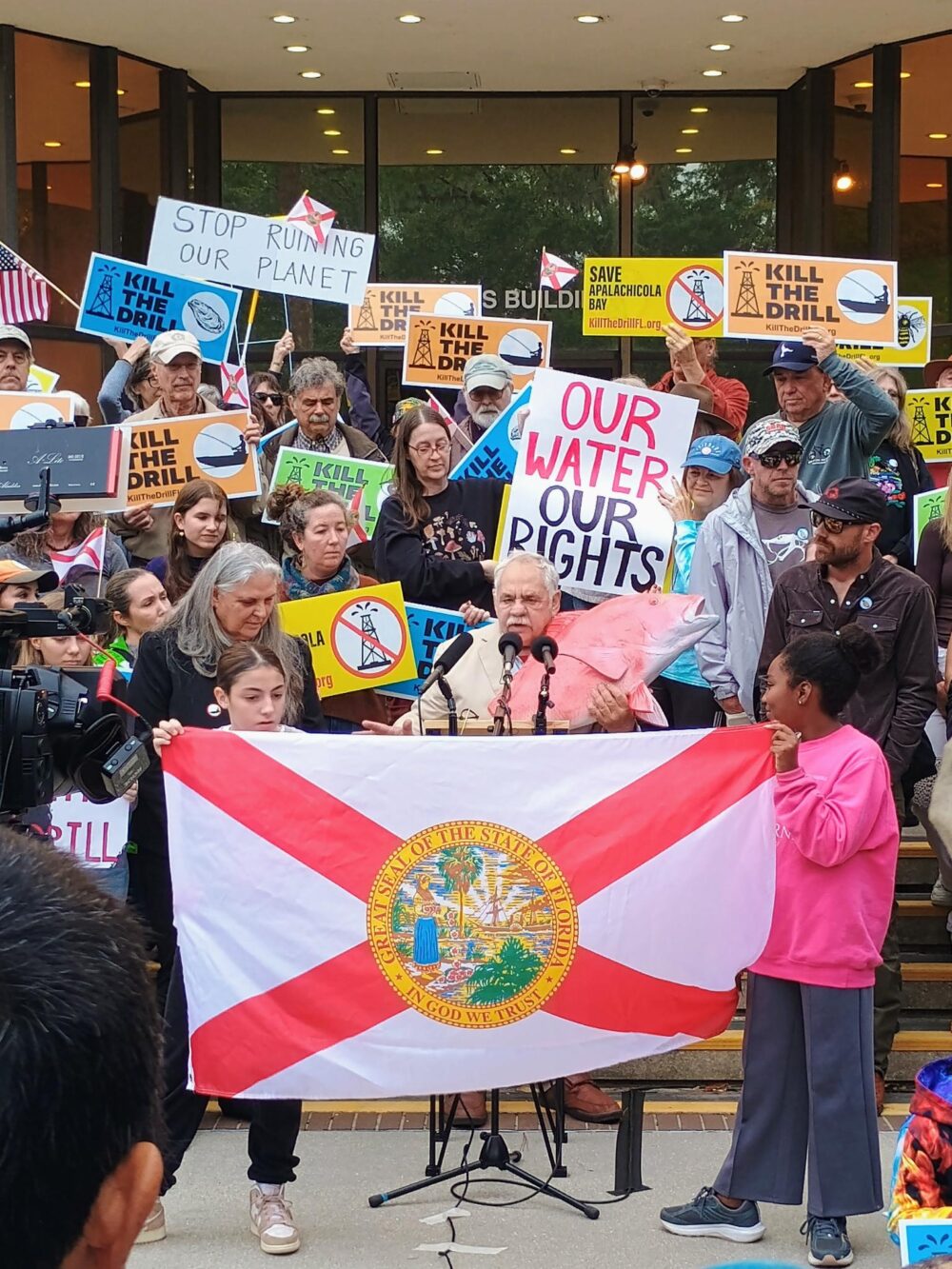We have much more to do and your continued support is needed now more than ever.
Resilient Galveston Island
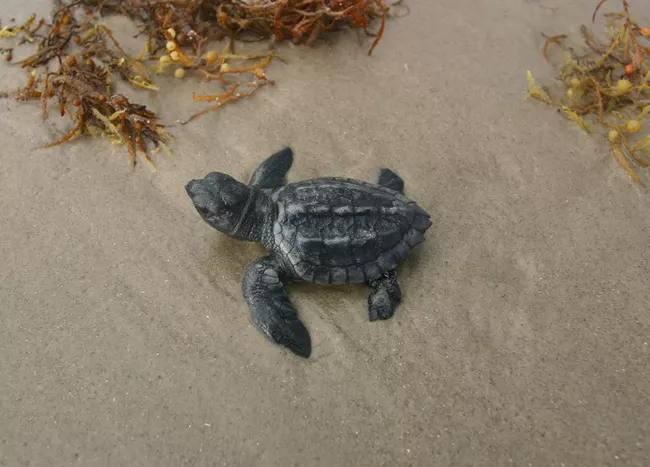
Galveston Island is no stranger to extreme weather events. From the Great Storm of 1900, which still holds the record for the deadliest storm in the U.S., to Hurricane Ike in 2008, which damaged more than three-quarters of the island’s buildings—Galvestonians have rebuilt and recovered after numerous turbulent storms and flooding.
Through it all, the island has maintained a vibrant identity and sustained a unique economy through historic preservation efforts and adaptation efforts. But climate change will continue to make Galveston Island even more vulnerable to natural disasters and threats.
Our new report, Climate Resilient Galveston, provides a comprehensive analysis of the climate risks that the future might bring—as well as potential solutions that local leaders and community groups can implement, and in many cases, continue to prioritize effective strategies already underway. By focusing on nature-based solutions, which restore and strengthen the island’s natural features, we can build resilience for Galveston’s vibrant communities and unique ecosystems.

What’s at stake?
The low-lying island is particularly vulnerable to sea level rise. Some models predict that Galveston Island may experience up to eight feet of sea level rise by 2100, turning swaths of open land into water. According to a recent analysis by the Washington Post, sea level rise has already increased by over eight inches in the last 14 years. Buildings, hospitals, roads and more could be unusable or uninhabitable in that scenario.

By mid-century, high-tide flooding, sometimes also called sunny-day flooding, may occur nearly 200 days during the year. And stronger storms fueled by climate change will combine forces with higher sea levels to create an even greater risk of storm surge vulnerability across the island.
If Hurricane Ike were to strike in 2100, for example, the island would experience a storm surge 2.5 feet higher than what occurred in 2008, covering 450 additional square miles.
And in the meantime, warmer water and atmospheric temperatures will threaten delicate ecosystems that support migrating birds, oysters, and turtles. Stronger storms or more severe droughts fed by climate change may alter the flow of watersheds into Galveston Bay, impacting its water quality and quantity.
Across the island, neighborhoods may experience these impacts disparately. Social vulnerability is the susceptibility of social groups to the adverse impacts of natural hazards, including disproportionate death, injury, loss, or disruption of livelihood. A community’s social vulnerability score measures its national rank or percentile.
For example, older adult populations, refugee and immigrant communities, and renters face different challenges during a natural disaster. According to data and analysis from the Federal Emergency Management Agency’s National Risk Index, communities on the east end of the island, from Jones Park to UT Medical Branch, may experience higher risks than other neighborhoods.
How can we tackle these problems?
To equip local leaders with the best available climate science and policy solutions, the National Wildlife Federation presents Climate Resilient Galveston: Understanding Climate Vulnerabilities and Adaptation Strategies to Build Resilience. Comprehensive adaptation strategies developed with strong community buy-in will be essential to ensuring the island’s long-term resilience and sustainability.
In particular, harnessing the protective value of nature through nature-based solutions can help residents of Galveston Island build long term resilience to face the climate crisis. Nature-based solutions aim to conserve and restore existing ecosystems which provide valuable resources and services to communities and wildlife alike. Wetlands around Galveston Bay, for example, can hold more than 300 million meter3 of water during a storm that generates a one meter surge. They also store 29.21 million metric Tons C/ha of carbon dioxide.
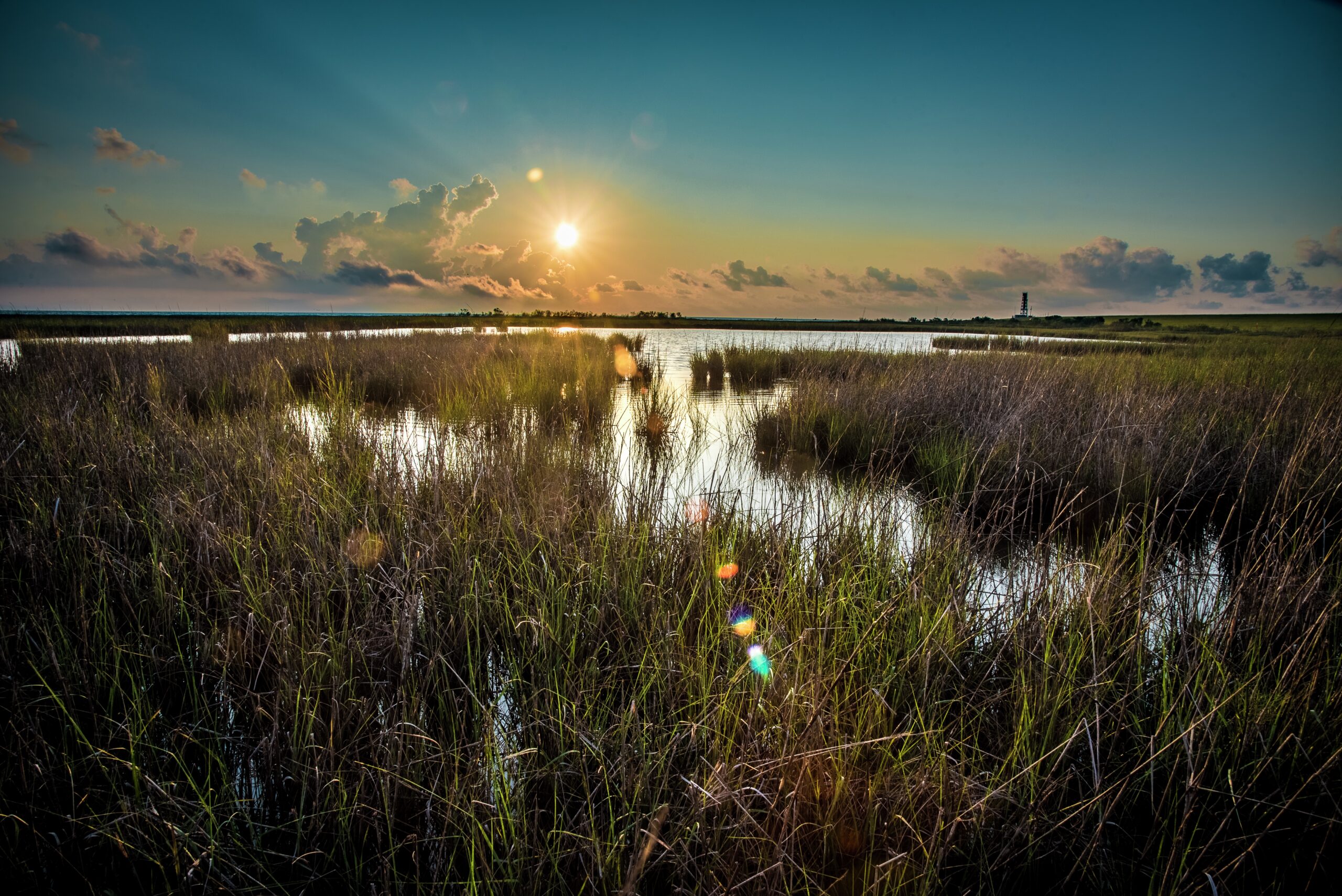
The prevailing wisdom, however, has been to build our way out of problems presented by climate change. Hard infrastructure projects—such as levees, sea walls, and drainage channels—tend to be the first solution that leaders gravitate towards. However, we know that recent extreme weather events have caused widespread failures among the nation’s already stressed and deteriorating infrastructure.
Additionally, there is a rising gap between the past climatic conditions most of these structures were designed to accommodate, and the conditions they eventually must confront. The number of billion-dollar climate and weather-related natural disasters has been increasing dramatically, with more than twice the number of such costly disasters occurring in recent years compared with the 40-year average.
For example, the United States Army Corps of Engineers’ (USACE) Coastal Texas Study aims to protect Galveston Island and the Houston Ship Channel through an estimated $57 billion project utilizing storm surge gates and a ring barrier system around Galveston Island, among other components, including only one ecosystem restoration project. If funded, this project would be the largest Army Corps project to date. Despite its estimated price tag, concerns have been raised by experts from several organizations about the plan’s identified engineering solutions and the models used to calculate risk. For example, USACE’s plan is designed for a storm that has a 100-year return period, meaning that in any given year there is a 1% probability of a storm that is severely occurring.

Climate Resilient Galveston offers nature-based solutions as cost-effective hazard mitigation solutions that can be implemented now at the local level.
The report proposes four key pillars to advance nature-based projects:
- Identifying and implementing on-the-ground projects: We recommend local decision-makers and government leaders prioritize projects that protect and restore natural habitats that provide crucial ecosystem services such as flood control and carbon storage. Such projects may include living shorelines, offshore oyster reefs, and barrier beach and dune restoration. We have specifically highlighted the following projects for their ecological and social benefits: living shorelines, oyster reef restoration, salt marsh restoration, and urban planning policies that facilitate habitat connectivity. To successfully implement such projects, we recommend identifying potential locations to replicate projects that have already proven successful, and ensure these types of projects already underway on the island are supported until finalized.
- Building community capacity and cohesion: Public support and buy-in are crucial components for the success of nature-based solutions. Local leaders and proponents of nature-based solutions will need to engage communities and create outreach and educational opportunities to highlight the importance of these projects. We recommend engagement and outreach are integrated early in the planning processes, ensuring residents understand the ecological and social benefits that may be seen in their neighborhoods. We suggest leaders and planners identify community champions to lead discussions on climate change and resilience planning; additionally we propose city leaders and the philanthropic community create a liaison position to aid collaboration between these establishments.
- Supporting climate jobs and training: Nature-based solutions can create employment opportunities in conservation and climate-related fields. We recommend initiatives that will encourage community science participation, as well as resilience training programs for city officials and project-based learning collaborations. These job training and creation programs can be supported through partnerships with educational institutions, environmental organizations, and existing federal programs. The creation and expansion of existing informal training programs that promote backyard habitat development practices can also engage the public in conservation efforts.
- Fostering a conducive regulatory and policy landscape: The policy framework needed to support nature-based solutions must be strengthened to ensure the adoption and long-term success of these strategies. We highlight the use of buy-outs and financial incentives to remove infrastructure from floodplains and the revision of building codes to account for climate change impacts. Additionally, overarching regulations that strengthen wetland protections, create transferable development credits and initiate comprehensive water resources management can all guide responsible development. Government agencies, philanthropic organizations, non-profits, community leaders and other stakeholders should come together on priorities and responsibilities, as collaboration between these entities will be key to ensuring a coordinated response to climate change.
For more details on these pillars, please access our full report.



